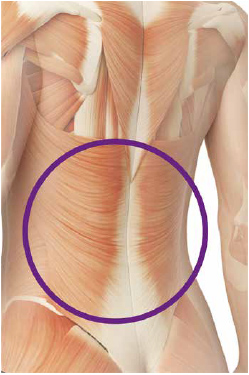Sprains and strains
This is where your knowledge really counts. As well as discussing the types of activities your customers can do to help manage and prevent back pain, you can also advise them on the best products to use alongside these activities.
Topical analgesics may be used as an alternative to oral products, for example if the customer is concerned about the potential gastric side effects more commonly associated with long-term use of some oral medications. Customers may also consider seeking advice from other healthcare professionals, such as a physiotherapist.
Use the tabs below to find out about heat, cold and anti-inflammatory therapies.
- Heat therapy
- Cold therapy
- Anti-inflammatory therapy
How does heat treatment work?
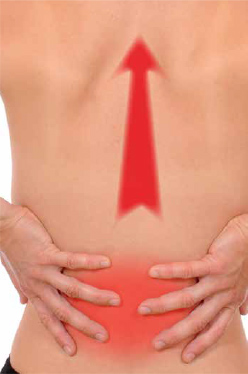
When heat is applied, skin receptors are activated which sends signals to the brain, diluting the pain. The heat increases blood flow, providing oxygen and nutrients to aid the healing process and restore movement.
Benefits of heat treatment: Comforting, warming pain relief, alternative to oral pain killers, can help soft tissue recovery after injury.
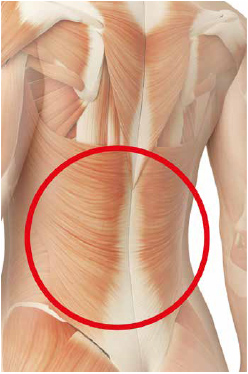
How does cold treatment work?
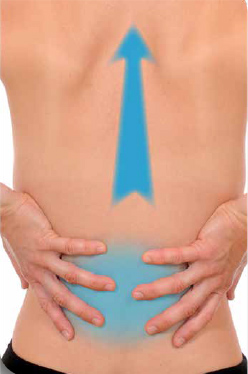
When cold is applied, skin receptors are activated which sends signals to the brain, diluting the pain. The cold causes blood vessels to constrict, which can help minimise damage.
Benefits of cold treatment: Fast pain relief, alternative to oral pain killers, helps minimise soft tissue damage.
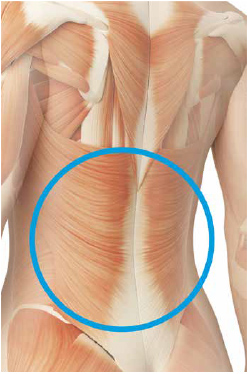
How does it work?
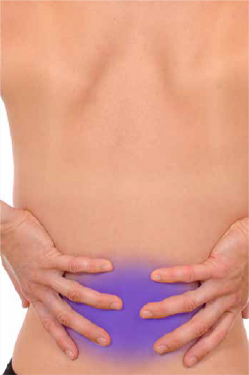
Topical anti-inflammatories provide targeted pain relief at the site of pain.
They penetrate the skin and reduce pain and inflammation. An alternative to oral pain killers.
